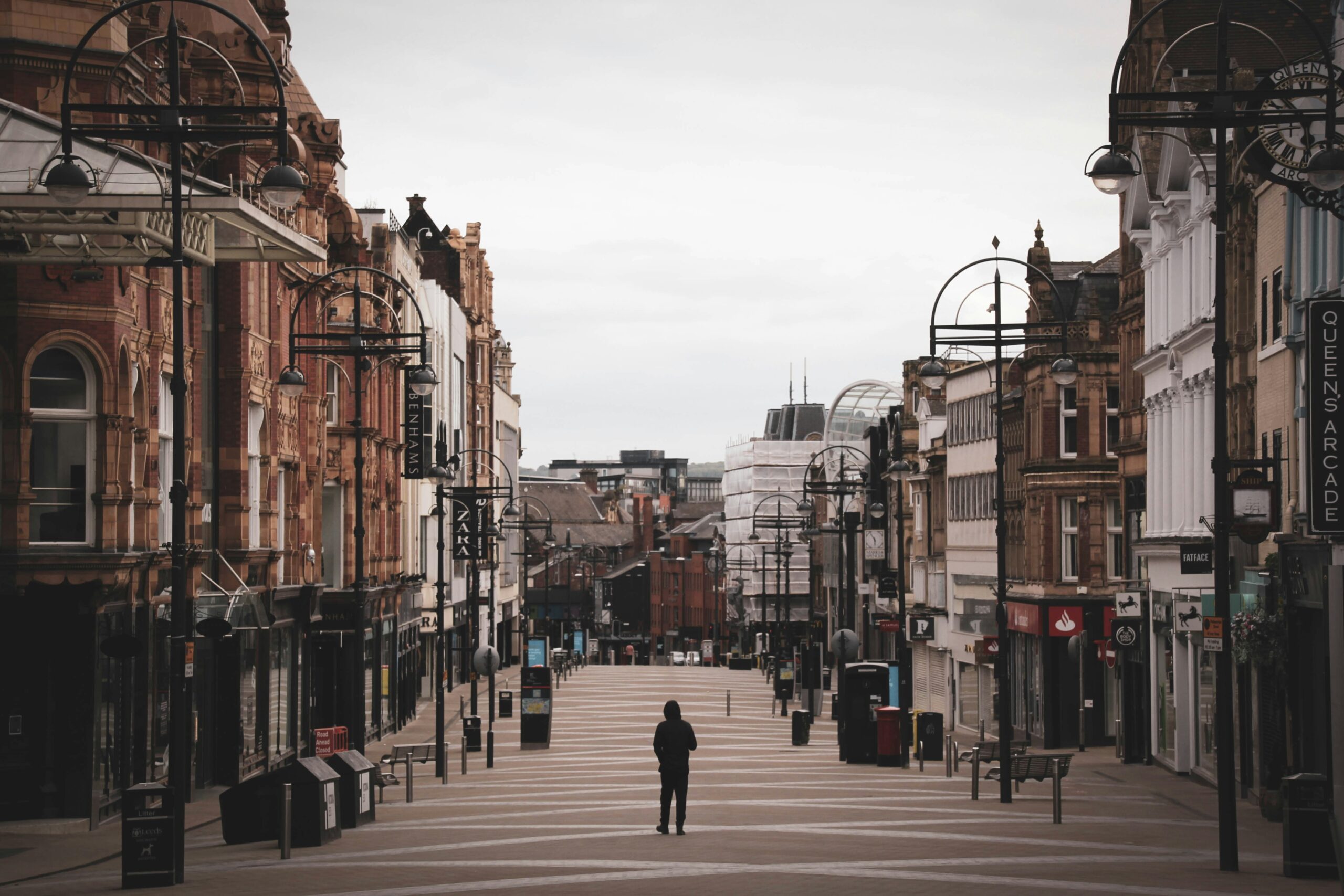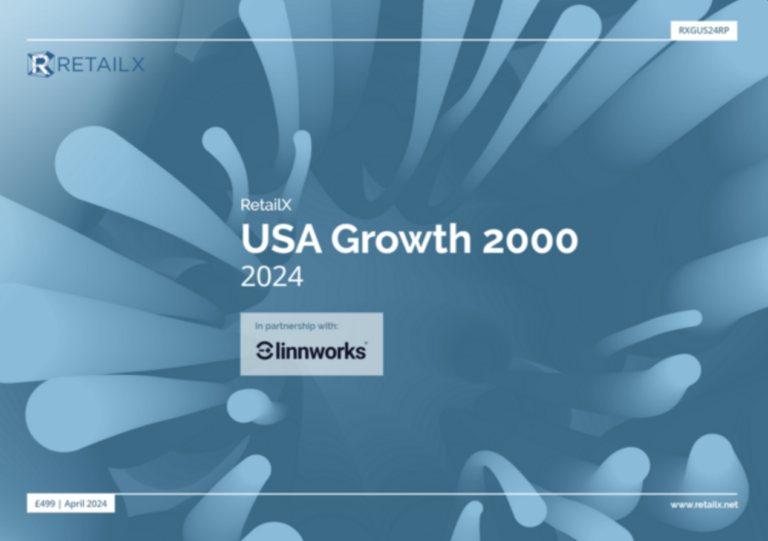As you read this, I shall be ‘luxuriating’ on a campsite near the south coast, while the children play quietly and sensibly and I get a well-earned rest… Stop laughing, this is how it will be!
Anyways, assuming that this wish comes true, then I shall have some time for some reading – and what better way to spend my down time than to get to grips with the topic du jour in retailing: loyalty. So why not join me on reading some of the latest thinking we have published on the subject?
Below we have six pieces that talk through how loyalty, apps and personalisation are all coming together to be the thing that most retailers are focussing on and the one thing that is making mobile a really important ‘must have’ for all (and in this piece you are reading, links to many more interesting snippets!)
The thing is customers are bored. They want to be engaged and entertained by brands and this is fundamentally changing how retailers market what they do and what constitutes a good deal for shoppers. As Guy Chiswick, managing director, Webloyalty Northern Europe, explored in this piece in June, there are some fundamentals you have to understand about consumers and their changing needs and views if you are to really understand how to sell to them.
The days of offering discounts and bargains may well be over as engagement and entertainment come into effect. And the interesting thing is that this is also now pulling in the ideas that sit behind the other key trend in online retailing: personalisation.
Personalisation is becoming fundamental to how consumers view brands and it is also at the heart of how to make what you do. Brands that have adopted a personalised approach are already reaping rewards. JD Williams has seen an 18% uptick in conversion rates since adopting a more personalised approach, high street toy emporium The Entertainer, reported a threefold increase in email revenue and a 120% rise in mobile sales, off the back of digital marketing and personalization and fashion retailer Missguided has increased conversion rates by 34% since implementing a personalisation and optimisation strategy that allows it to target customers with specific, tailored experiences.
At the other end of the high street, metaphorically speaking, leading company in IRUK Top500 retailer M&S and Waitrose have also both seen personalization strategies deliver results, with the latter seeing a 24% increase in sales.
There can be no denying that personalization is where it’s at. But how does that work with loyalty? Well, in many ways personalisation is part and parcel of any loyalty play. Talking to the shopper one-to-one and making them feel special is a key thing to making them loyal: if they like you and feel you treat them well they will come back.
But loyalty has to go beyond this – and this is where it gets tricky. You can implement a personalization strategy as the above retailers have done, but to turn it into loyalty you need to build out what you then offer them on a personal basis
The obvious thing to do is to offer money off, better deals or the other tried and tested ways of ‘rewarding’ the shopper. But, as we have seen, these are ‘boring’ and not really going to make you stand out.
So what is the answer? If I knew that I would be staying in a much more up-marked campsite, I can tell you. But what some of the forward thinkers in retail are suggesting is that loyalty has to become part of everything that you do.
Gap has it about right with its recently launched Gap+ app. The Gap+ app is based around users downloading it, signing up – and giving some details to kick start the personalisation process – then using it to redeem offers tailored at the very least to their gender and, in time as it learns more, tied to the user’s taste and shopping history.
Eventually, the app will also be used to drive users to stores and will, says the retailer, be a key part of Gap’s omni-channel strategy, bringing personalisation to the store.
But why loyalty? Gap already has an app that allows you to shop, scan, pin things on Pinterest and so on. Gap+ on the other hand is described as “like having your own personal Gap store in your pocket”. The Gap+ app features discounts, loyalty scheme, blog content, shopping advice and lets you buy things. What Gap has actually launched isn’t so much a loyalty app, but a better app that has a tie in with a revamped and better loyalty scheme.
And this is the trick with loyalty. It is part of everything else that you do and it is also one of the things that will help you drive personalisation. In the past few weeks we’ve seen some big moves towards incorporating loyalty into other aspects of m-commerce, most notably with payments and wallets with veoo and more recently in an interesting play by Zapper to bring m-payments and loyalty – and ultimately personalisation – to the convenience store market.
Consumers get loyalty – many have had a Boots card for the past 20 years – and understand how it works. Putting it on mobile makes it work better for them and they aren’t frightened of it. Once you have them doing loyalty on their phone then they are going to start giving you, unwittingly, a lot of data about what they like and buy – and that is the key to personalisation.
What Gap has done – and what Zapper is aiming to do – could well put the fashion retailer streets ahead of its competitors and by the end of the year could well be held up as a shining example of omni-channel best practice. If it works. And if consumers still want to buy beige combat slacks.









